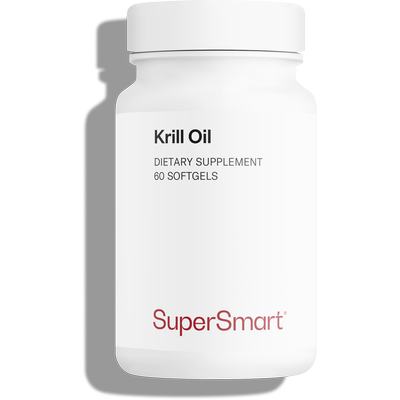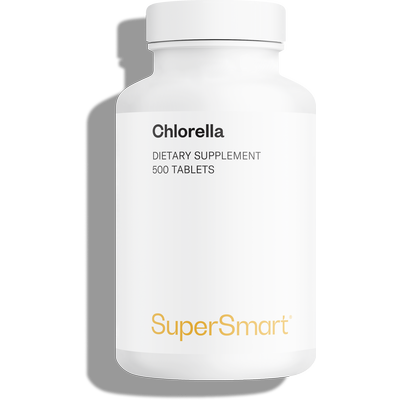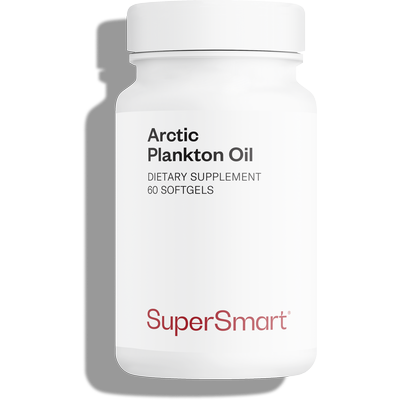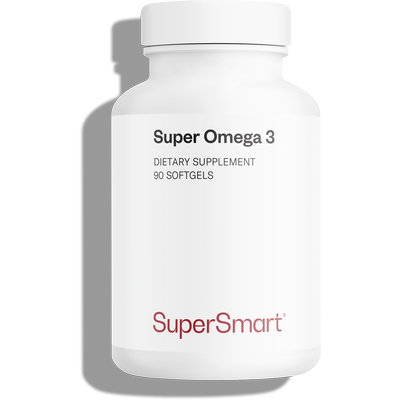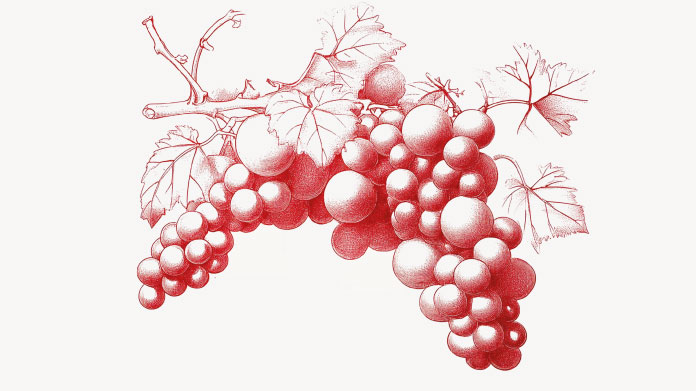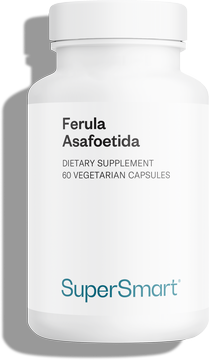Omega-3: which are the best dietary sources?
Omega-3 are polyunsaturated fatty acids which are crucial for heart, brain and eye health. But which foods contain the most?
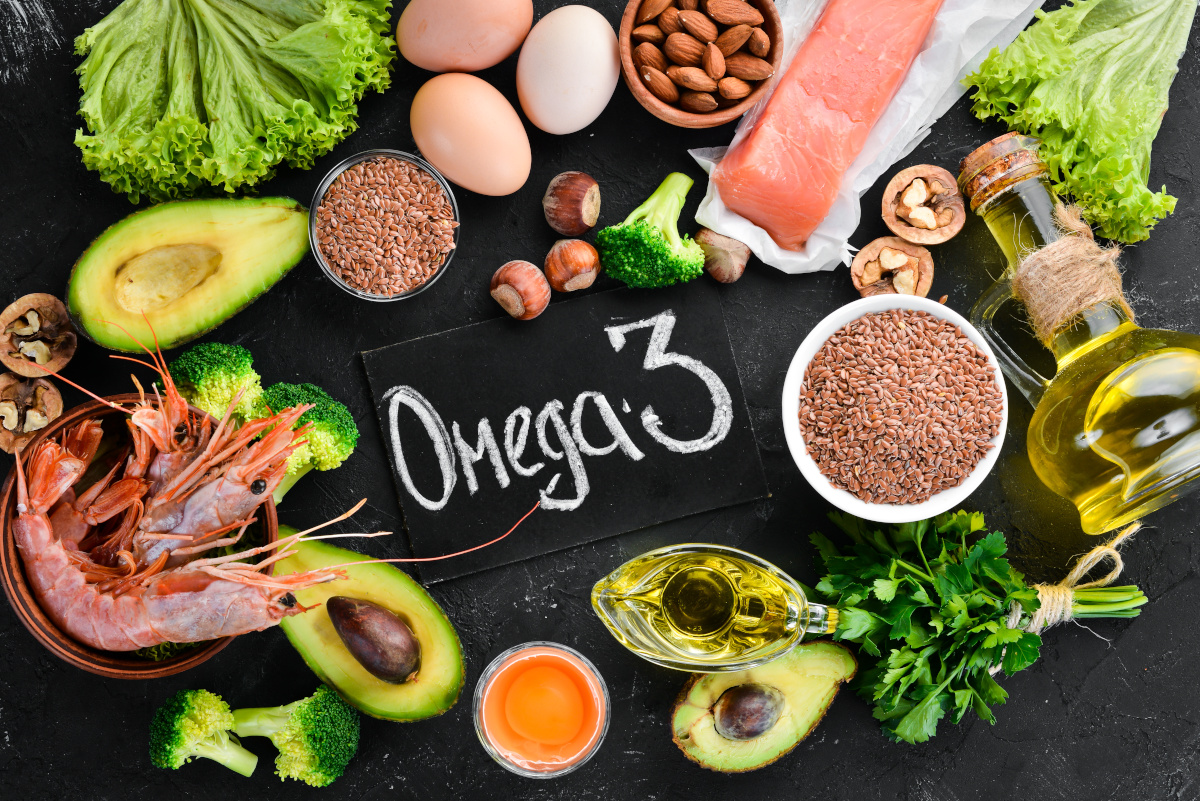
Omega-3: what exactly are they?
Omega-3 are polyunsaturated fatty acids, ie., fatty acids that contain at least two double bonds between their carbon molecules.
More specifically, omega-3s comprise alpha-linolenic acid (ALA), a short-chain fatty acid, and eicosapentaenoic acid (EPA) and docosahexaenoic acid (DHA), both of which are long-chain fatty acids.
These are termed ‘essential’ as our bodies are unable to synthesise them in sufficient amounts. We cannot produce ALA, and though ingested ALA can be converted into EPA and DHA, it only produces very small amounts. It is therefore vital to obtain these omega-3 fatty acids from our diet.
Why do we need omega-3?
Omega-3, often referred to as ‘good fats’, play a very important role in health:
- ALA helps maintain normal blood cholesterol levels;
- EPA and DHA support healthy cardiac function, as well as normal blood pressure and triglyceride levels;
- DHA helps maintain normal brain function and vision;
- and finally, omega-3 fatty acids, via the mother, support brain development in the foetus and breastfed baby (1).
Omega-3-rich foods from animal sources
Oily fish and seafood: an excellent source of omega-3
The best animal-source foods for omega-3 are fish (primarily oily fish, followed by some lean fish) and seafood. They contain mainly DHA and EPA:
- top of the list is cod liver oil (18g-25g of EPA and 17g-25g of DHA per 100g);
- then comes mackerel (5g-6g of EPA and 3.5g-5g of DHA per 100g);
- then herring (2g-3g of EPA and 0.9g-1.5g of DHA per 100g);
- tinned sardines (1g-2g of EPA and 0.5g-1g of DHA per 100g);
- wild salmon (1g-1.5g of EPA and 1g-1.5g of DHA per 100g) ;
- anchovies (1g-1.4g of EPA and 0.6g-1.2g of DHA per 100g);
- trout (0.4g-1g of EPA and 0.4g-1g of DHA per 100g);
- red tuna (0.2g-1g of EPA and 0.5g-1.5g of DHA per 100g) ;
- halibut (0.2g-0.5g of EPA and 0.2g-0.7g of DHA per 100g);
- and finally, mussels (0.2g-0.5g of EPA and 0.2g-0.5g of DHA per 100g).
It’s worth noting that wild fish usually have more omega-3 than farmed fish …
Land animal products: poor performers?
Land animal-source foods contain far fewer omega-3 than oily fish.
The best such sources are:
- omega-3-enriched eggs (up to 0.6 g of DHA and sometimes EPA per 100g);
- then omega-3-enriched milk (up to 0.1 g of DHA and sometimes EPA per 100g);
- standard eggs (0.03g-0.1g of ALA per 100g);
- standard milk (0.01g-0.05g of ALA per 100g);
- depending on the animal’s diet, meat may contain omega-3, but usually in smaller amounts.
Eggs and dairy products, ideally enriched with omega-3, can therefore make a modest contribution to an omega-3-rich breakfast.
Plant-source foods high in omega-3
Let’s now take a look at omega-3-rich foods from plant sources.
First of all, we’re aware that many of our readers would like to know which fruit has the most omega-3… Unfortunately, the majority of fresh fruits have no omega-3 at all, the one exception being avocados which have around 0.1g of ALA per 100g).
In fact, the best plant-source foods for omega-3 (specifically ALA) are seeds (and seed oils), nuts and dried fruits, and to a lesser extent, some green vegetables:
- first place goes to flaxseed oil (53g-55g ALA per 100g);
- then flax seeds (22g-24g of ALA per 100g);
- hemp oil (around 20g of ALA per 100g);
- chia seeds (17g-20g of ALA per 100g);
- walnut oil (10g-13 g of ALA per 100g);
- canola oil (rapeseed) ( 9g-11g of ALA per 100g);
- walnuts (2.5g-3g of ALA per 100g);
- soya (1g-1.5g of ALA per 100g);
- tofu (0.2-0.4g of ALA per 100g);
- pumpkin seeds (0.1g-0.3g of ALA per 100g);
- grapeseed oil (0.1- 0.2g of ALA per 100g);
- avocados (0.1g-0.2g of ALA per 100g);
- raw spinach (0.1g-0.2g of ALA per 100g).
In addition, some types of edible seaweed contain small amounts of EPA and DHA: ulva (sea lettuce), porphyra (nori), Ecklonia cava, Chlorella…
Which supplements should you take to boost your intake of omega-3?
To add to your omega-3 intake, especially EPA and DHA, you also have the option of taking dietary supplements offering higher doses. Standard omega-3 supplements contain fish oil, usually obtained from oily fish in which the omega-3 is in the form of triglycerides or ethyl esters.
Krill oil, on the other hand, is extracted from krill, small shrimp-like crustaceans. Here, the omega-3 are in the form of phospholipids which are more easily absorbed. It also contains astaxanthin and does not smell or taste as strong as fish oil.
Finally, calanus oil comes from Calanus finmarchicus, a tiny zooplankton copepod found in arctic regions. Its omega-3 are primarily in the form of wax esters, which are better able to withstand enzymes in the gut and thus offer additional effects on metabolism. Another key advantage is that as calanus is so abundant, it is considered a renewable resource.
SUPERSMART ADVICE
References
- Krupa K, Fritz K, Parmar M. Omega-3 Fatty Acids. [Updated 2023 Jan 17]. In: StatPearls [Internet]. Treasure Island (FL): StatPearls Publishing; 2023 Jan-. Available from: https://www.ncbi.nlm.nih.gov/books/NBK564314/
Keywords
6 Days
Delivery is prompt and I never saw a…
Delivery is prompt and I never saw a quality problem with the manufacturing. It is not possible to assess efficacy on a personal basis, since too many factors come into play. Efficacy can only be assessed statistically with a sufficient number of cases.
Roger De Backer
7 Days
I collaborates with the Supersmart…
I collaborates with the Supersmart more than 10 years. Every thing is going good. Quality of the things is good. Delivery comes in time. Five stars definitely !!!
Oleksiy
7 Days
All good
Simple, frictionless site, easy ordering, good delivery updates and execution.
Chris Robbins
9 Days
I feel better
I feel better
Peter Ammann
9 Days
Prompt delivery
Prompt delivery
JAKUB Radisch
10 Days
My new go-to for top quality supplements!
I am buying more and more of my supplements from this superb, high quality company. Cannot recommend it enough. Plus, excellent customer service with a quick, helpful team and speedy deliveries. Highly recommend Supersmart!
Cecilie H.
14 Days
SUPERSMART WHAT ELSE👍
SUPERSMART WHAT ELSE👍
DIEDERLE Christophe
17 Days
Excellent quality products with…
Excellent quality products with innovative formulas, as someone who has been suffering with acid reflux, these supplements have been lifesavers.
Oriana Moniz
17 Days
high quality supplement!
high quality supplement!
GALANT
17 Days
Good service prompt delivery
Good service prompt delivery
Mrs Marcella Reeves
22 Days
I like your clear explanation
I like your clear explanation. And how to make a choice of products for a specific health problem
Ingrid
29 Days
Great product and it arrives quickly.
Great product and it arrives quickly.
SOMMARIVA Gianni
30 Days
Excellent products and fast service.
Excellent products and fast service. What do we need more?
Margarida
34 Days
The variety of products is amazing
The variety of products is amazing, the offers are good and the sending is very fast. I just miss having a bit more of guidance about combinations, possible interactions, etc.
Maria Angeles Verdu
35 Days
It was quick
It was quick.
Timo Antero

